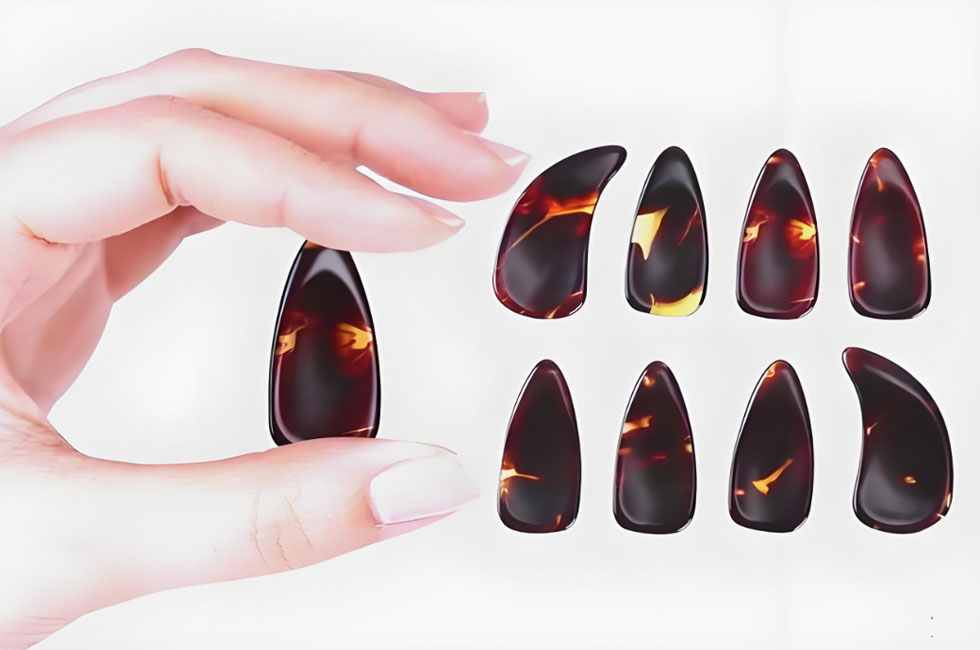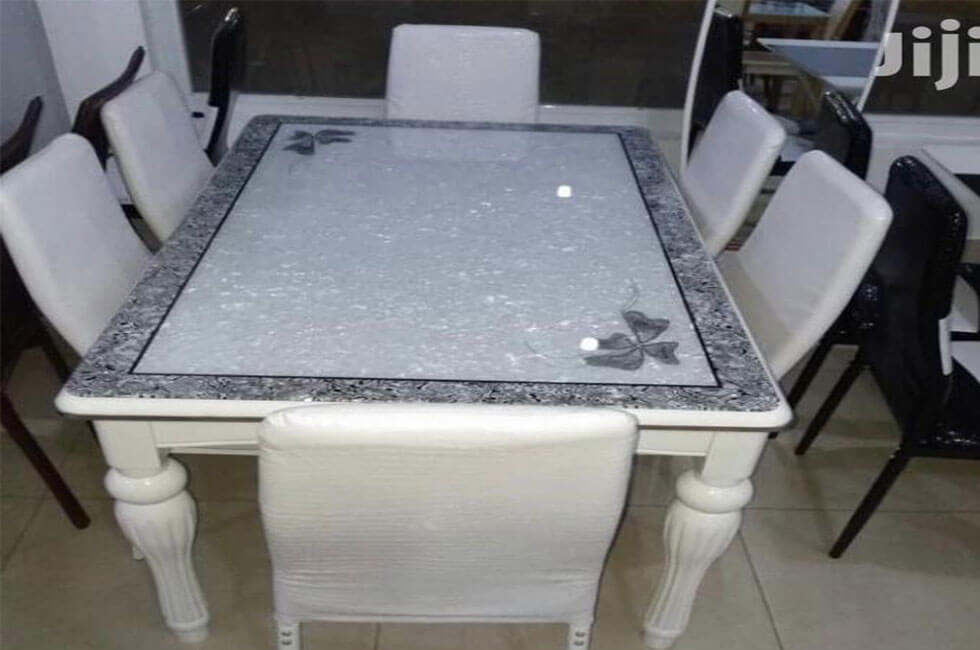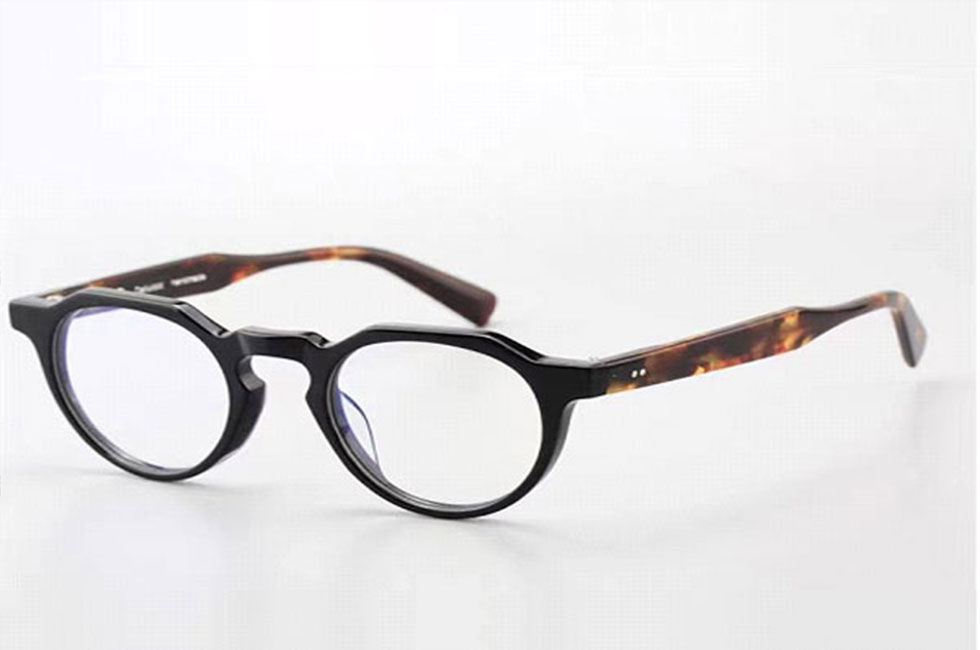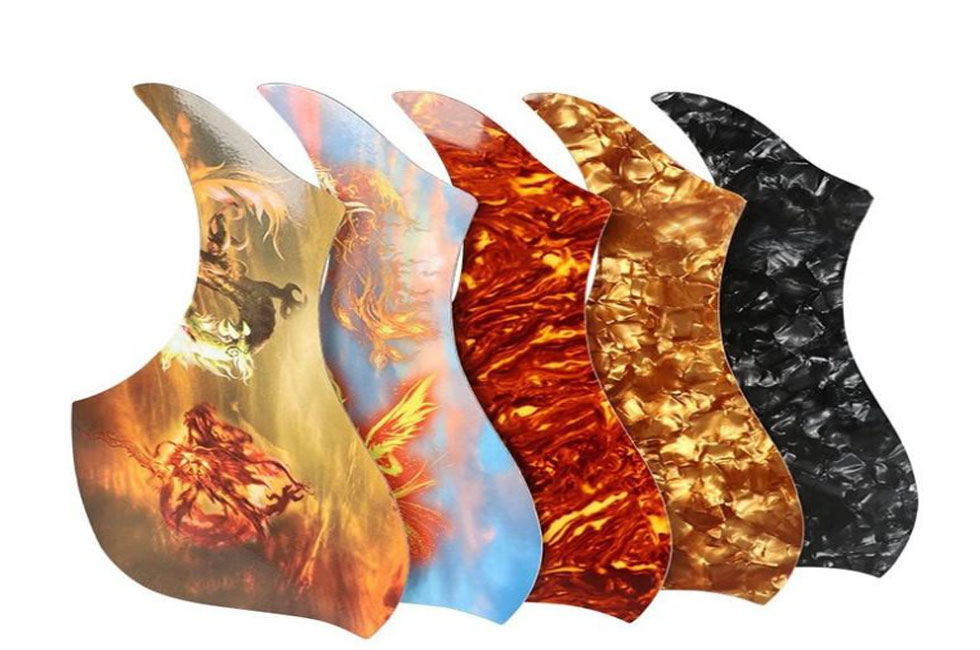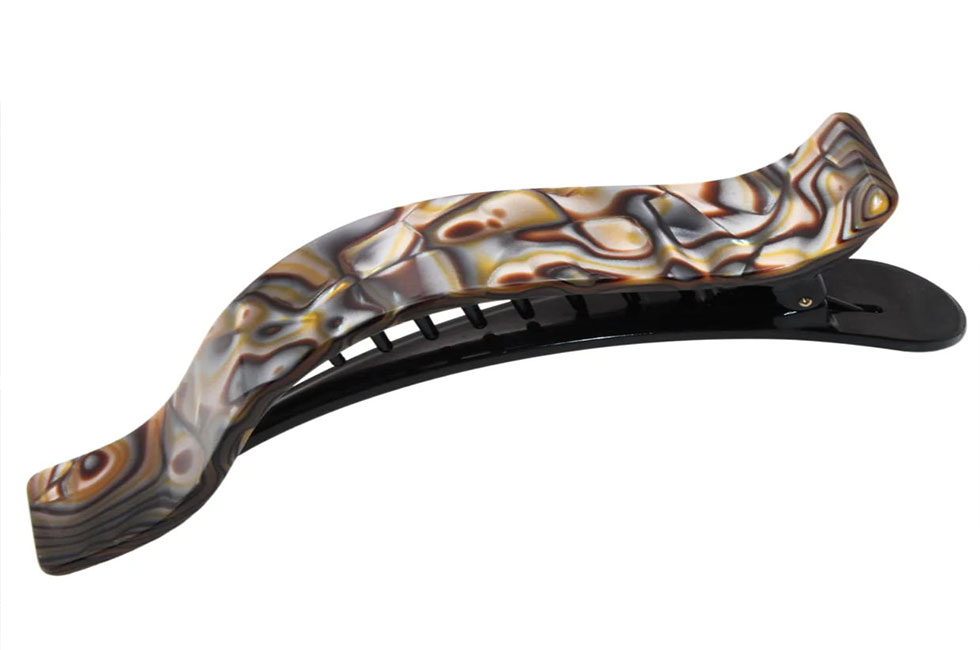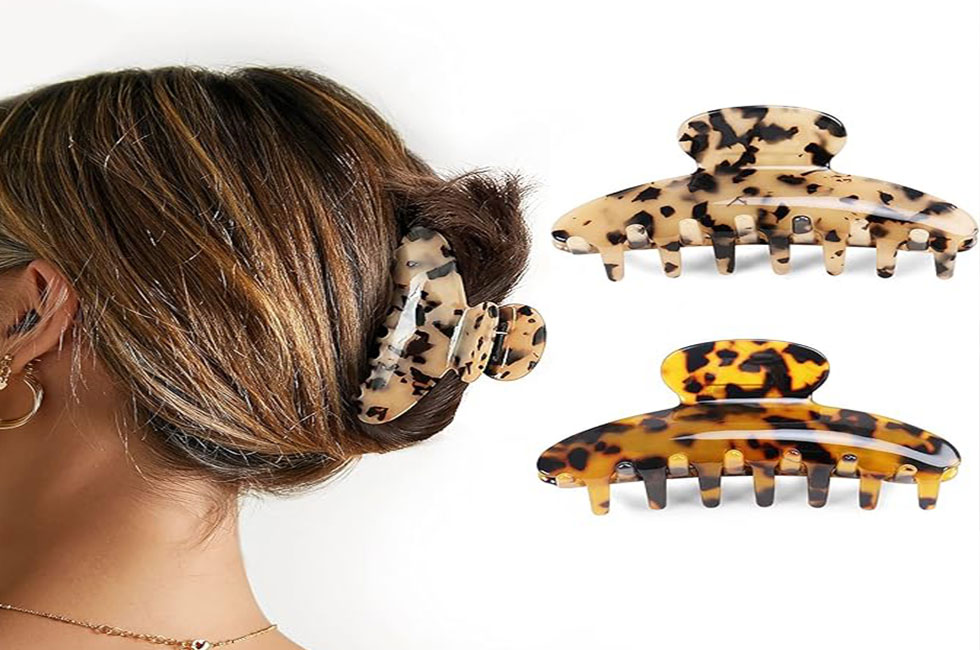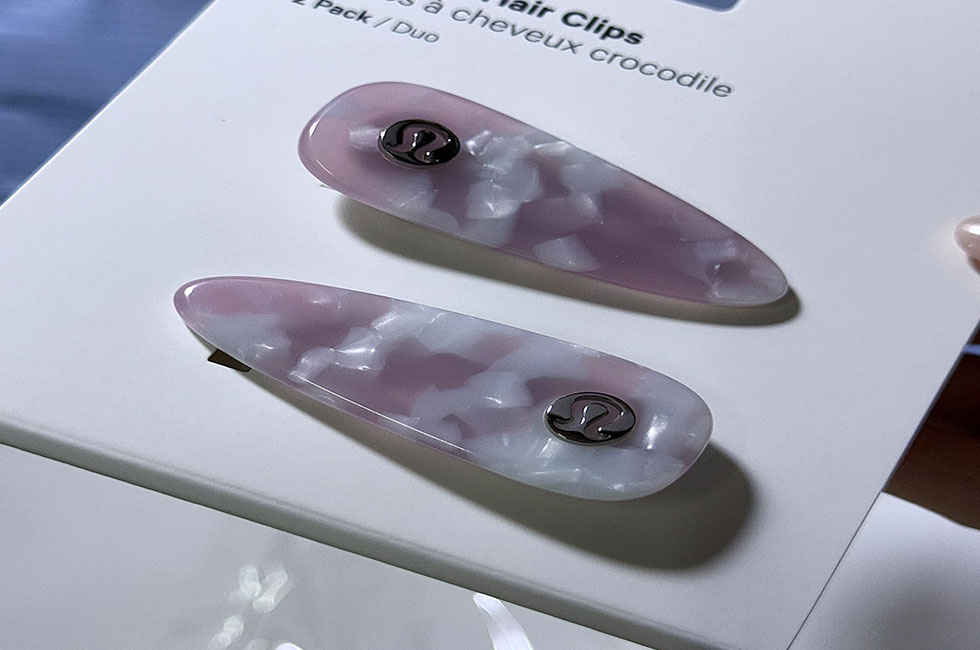Celluloid Tortoiseshell Nails: Bringing a Touch of Warmth and Responsibility to Folk Music Performances
For folk musicians, the tools of their fingertips often hold the most delicate expression of the music. For example, in guzheng performance, the texture of the nails directly influences the force of the string contact and the depth of the tone. Tortoiseshell nails were once a favorite of many players. But with natural tortoiseshell becoming taboo due to ecological protection concerns, how can one strike a balance between heritage and responsibility? The emergence of celluloid material reflects the deep reflections of folk musicians on tradition and the future.
My first encounter with celluloid tortoiseshell nails stemmed from the obsession of an experienced guqin player. He always said, “A good nail should be like a second skin: hard enough to support powerful notes, yet resilient enough to contain the lingering sound of softer notes.” The texture of natural tortoiseshell nails captures this delicate balance. However, with the dwindling availability of natural products on the market, he began to explore alternative materials. I tried plastic, but it was too hard, and the sound was like knocking on glass. I tried ox horn, but it was too brittle and broke after just a few tunes. Then, when I encountered celluloid, it could be finely shaped to match the curvature of the blade when heated, and maintained a stable hardness after cooling. This sparked a spark in the veteran luthier’s eyes—wasn’t this the material that could “follow the fingertips”?
The beauty of celluloid lies in its ability to “imitate” without blindly following. The amber luster and warm touch of natural tortoiseshell can be replicated with even more refined craftsmanship, even incorporating the artist’s ingenuity into the pattern design: some prefer a shallow curve on the edge of the nail to reduce lag when gliding, while others prefer a finely sanded finish on the fingertips to prevent slippage during rapid finger rolling. These subtle adjustments, hidden in the details, are the requirements noted by the nail maker while watching the musicians practice in the practice room, and they reflect the possibilities made possible by celluloid’s plasticity.
More importantly, choosing celluloid is a gentle response by folk musicians to nature. Once upon a time, many people risked violating ecological boundaries in pursuit of the natural tortoiseshell pattern. However, celluloid, from its inception, has been a replacement. It doesn’t plunder nature’s gifts, yet it perpetuates the rapport between instrument and fingertip. As one young performer put it, “When fingertips touch celluloid nails, what emerges isn’t just a note, but a respect for life—music should coexist with nature, not in opposition.”
Today, in piano rooms, an increasing number of celluloid tortoiseshell nails resonate with the strings. They may not possess the age-old heritage of natural tortoiseshell, but they embody a new interpretation of “inheritance” by contemporary folk musicians: true perseverance isn’t about clinging to the past, but about finding a path that maintains original aspirations while remaining responsible amidst the changing times. When the luster of celluloid reflects on the strings, the pulsating notes reflect both the refinement of technique and the wisdom of coexisting with nature.
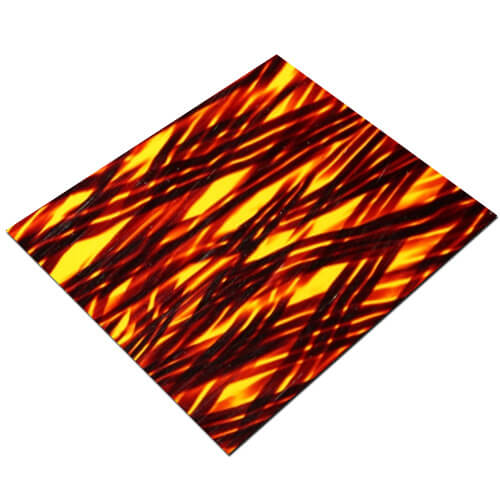
Contact us team
If you are interested in our article after reading it, please do not hesitate to send us an email to express your thoughts.

